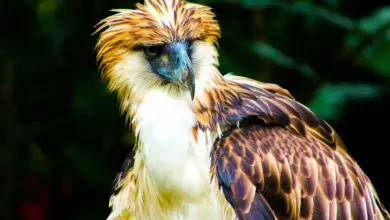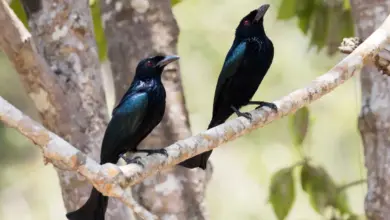Yellow-breasted Flycatchers or Ochre-lored Flatbills
The Yellow-breasted Flycatchers, or Ochre-lored Flatbill, Tolmomyias flaviventris, is a small passerine bird in the tyrant flycatcher family.
Distribution / Range:
It breeds in South America from Colombia and Venezuela south to Peru, Bolivia, and Brazil, and on both Trinidad and Tobago. Birds from the far south of the range are smaller and sometimes split as the Olive-faced Flatbill, T. viridiceps.
This species is found in the upper levels of forests, secondary growth and the edges of mangrove swamps.
Breeding / Nesting:
The bottle nest is made of plant fibre and suspended from a branch, usually near a wasp nest, which presumably provides some protection from predators. The typical clutch is two or three creamy white eggs, which are marked with violet, mostly at the larger end. Incubation by the female is 17 days to hatching.
Description:
The Yellow-breasted Flycatchers is 12.7 cm long and weighs 11.3g. The head and upperparts are olive-green with darker, yellow-edged, wing and tail feathers. There are two yellowish wing bars. The throat, breast and eye-ring are golden yellow, the lores (the regions between the eyes and bill on the side of a bird’s head) are ochreous, and the abdomen is dull yellow. The bill is flattened laterally, and is black above and white below. Males and females look alike. There are other races, differing in the tone of the upper part or underpart color.
Diet / Feeding:
Yellow-breasted flycatchers are inconspicuous birds, tending to keep to high perches from which they sally forth to catch insects.
Call / Vocalization:
The call is a loud whistled peeee-it.


